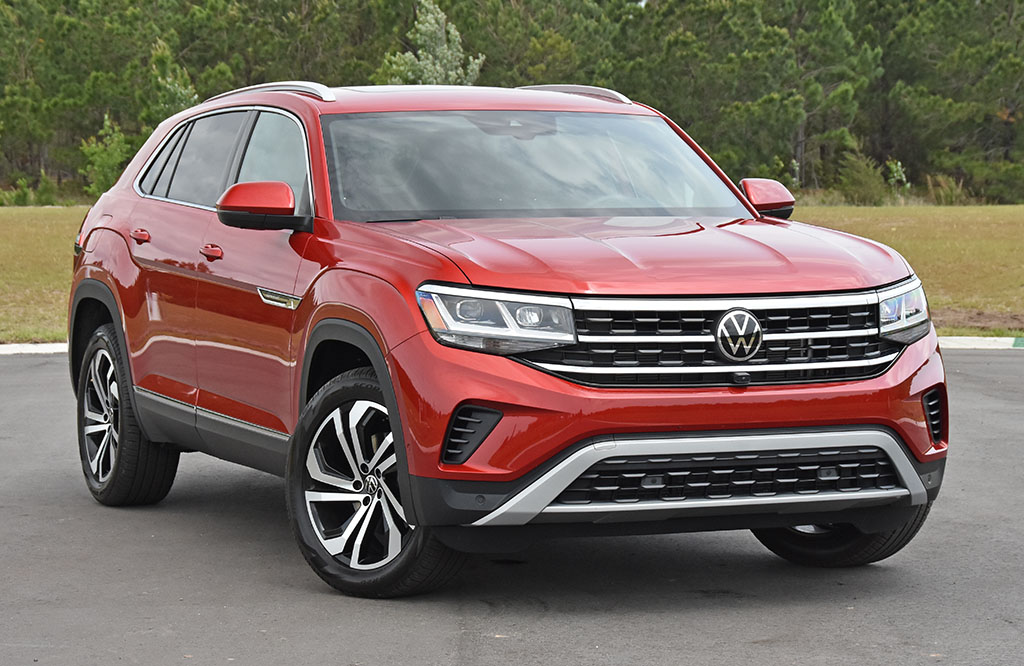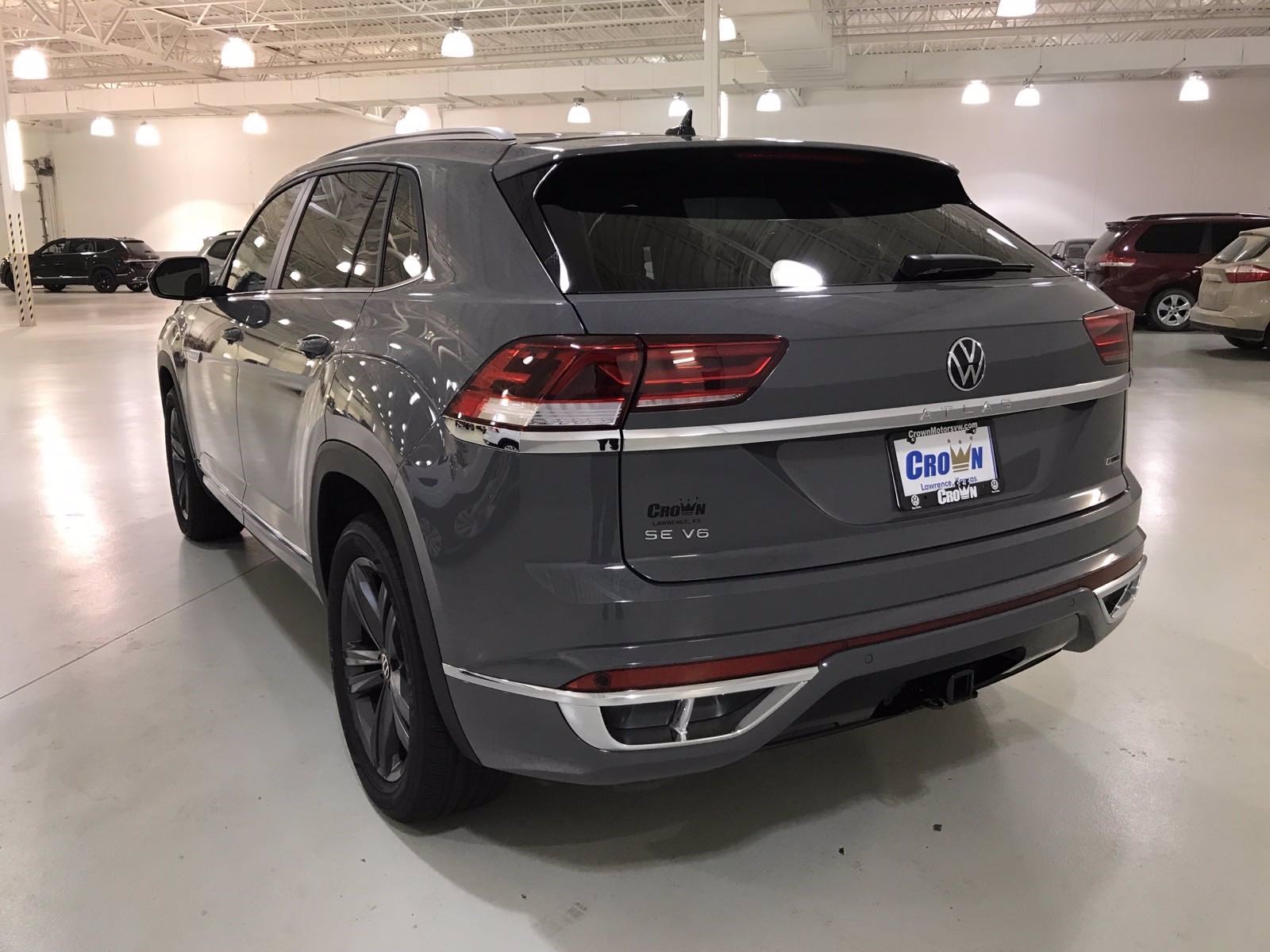

Standard blind-spot monitoring with rear-cross-traffic alert.Standard automated emergency braking with forward-collision warning.For more information about the Atlas's crash-test results, visit the National Highway Traffic Safety Administration ( NHTSA) and the Insurance Institute for Highway Safety ( IIHS) websites. Volkswagen is equipping all Atlas Cross Sports with automated emergency braking and blind-spot monitoring, but if you want more advanced driver-assistance features, you'll have to go with one of the higher trim levels.

Those results are better than the Ford Edge (29 cases with seats down and 12 with seats up) and the Hyundai Santa Fe (27 cases with seats down and 12 with seats up). In our testing, the Cross Sport held 30 carry-on suitcases with the rear seats folded and 14 with the rear seats in use. Adults should find comfortable seating positions in either of the SUV's available rows of seats, but unlike the regular Atlas, the Cross Sport offers only a bench for its second row. Those familiar with the three-row VW will find the Atlas Cross Sport's interior quite familiar, despite an updated steering wheel and stitched door panels. For more information about the Atlas's fuel economy, visit the EPA's website. On our 75-mph highway loop, the front-drive V-6 Atlas Cross Sport averaged 25 mpg and the turbo four model delivered 26 mpg. The V-6 is thirstier, with ratings of 18 mpg city, 24 mpg highway, and 20 mpg combined for both the front-driver and models with the optional all-wheel-drive system.

The four-cylinder Atlas Cross Sport comes with EPA fuel-economy ratings of 21 mpg city, 25 mpg highway, and 23 mpg combined for the front-wheel-drive model and 20, 24, and 22 mpg, respectively, for the all-wheel-drive version.


 0 kommentar(er)
0 kommentar(er)
